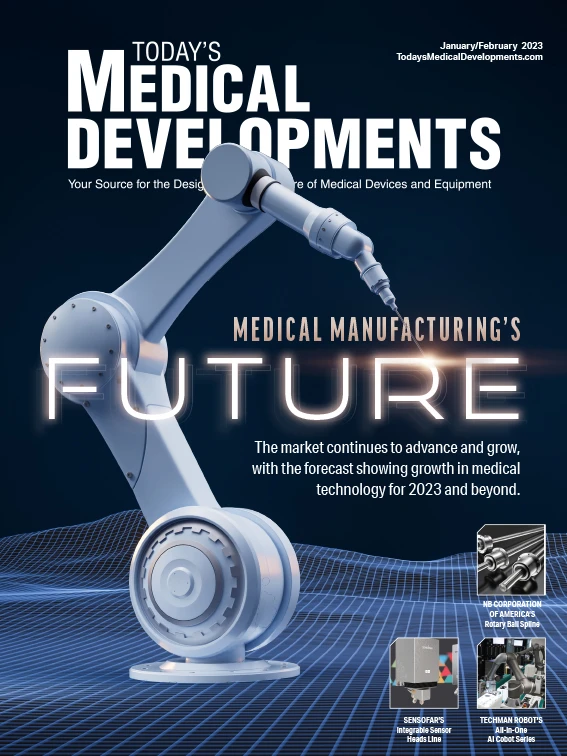Through intensive cooperation with users of their previous bone substitute materials for ceramic 3D printing, Lithoz has developed the LithaBone HA 480. Ceramics are considered ideal materials for devices and implants due to their biocompatibility, low thermal conductivity, and lighter intrinsic weight. Most importantly, certain ceramics can be resorbed by the body, eliminating the risks connected to second surgeries. Lithoz’s ceramic bone replacement material LithaBone HA 480 offers several improvements, including:
- Significantly higher wall thicknesses – With LithaBone HA 480, previous maximum wall thicknesses of <1.6mm (LithaBone HA 400) have been increased to 10mm, while minimum wall thicknesses required have been reduced even further, broadening the range of applications.
- More precise imaging accuracy of fine structures – LithaBone HA 480 shows strongly reduced over-polymerization with a simultaneously improved depth of cure, resulting in a simpler selection of build parameters and a significantly more stable manufacturing process.
- Ten-fold longer shelf life – Eliminates the obstacle of previous materials’ short shelf-life impacting availability required for urgent surgical interventions.

Explore the January February 2023 Issue
Check out more from this issue and find your next story to read.
Latest from Today's Medical Developments
- Arcline to sell Medical Manufacturing Technologies to Perimeter Solutions
- Decline in German machine tool orders bottoming out
- Analysis, trends, and forecasts for the future of additive manufacturing
- BlueForge Alliance Webinar Series Part III: Integrate Nationally, Catalyze Locally
- Robot orders accelerate in Q3
- Pro Shrink TubeChiller makes shrink-fit tool holding safer, easier
- Revolutionizing biocompatibility: The role of amnion in next-generation medical devices
- #56 Lunch + Learn Podcast with Techman Robot + AMET Inc.





